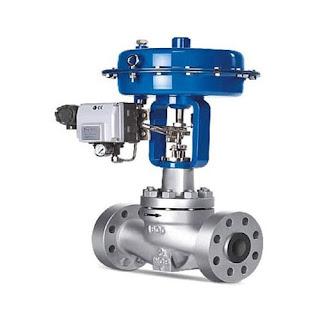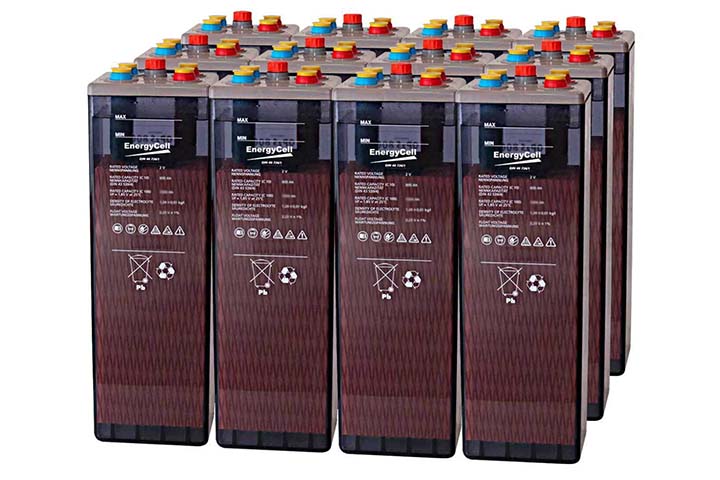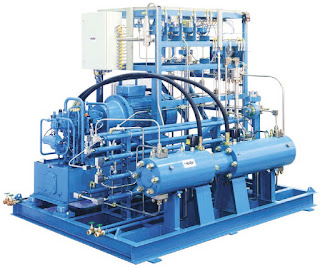Control valves: Most basic but vital aspects
In this article, I want to explain the most important details about control valves and talk about its function, parts and types, in a nutshell, to help you expand your knowledge and also provide a few useful sources that can further enrich your knowledge on the subject.
So, let’s dive
into knowing a bit about control valves and then moving on into learning about
its popular types and parts.
Famous as the
final control element in an automatic control terminology, control valves are
units enabling you to regulate or control the pressure or flow rate of a
material. There are different control
valve types that are tailored for different purposes. Here, we’ll name the most
popular types and explain about them briefly.
The categorization
of control valves are based on different parameters and features. They can be
based on functionality, or the actuating medium, etc. Here are some of them:
1.
Actuating
medium
This
categorization includes manual valves, hydraulic valves, and pneumatic valves.
2.
Functionality
In this
category, you can find some popular designs such as spring-loaded safety valve,
shut-off and on-off valve, and check valve.
Famous shut-off
and on-off valves include Gate valve and pinch valve. And you can find the
turbine bypass valve in the check valve section.
3.
Movement
profile of the controlling element
Control valves
with different motions are under this category. Gate valve, diaphragm, and
globe valve are among well-known control valves of this category with Linear
Motion. The other type would be Rotary Motion that includes Plug valve, Ball
valve, and Butterfly valve.
4.
Pressure
drop profile
This
categorization includes low and high recovery valves. Some valves such as
butterfly valve, plug valve, gate valve, and ball valve are considered as
high-recovery valves and others such as angle valve and globe valve are in the
low-recovery valve type.
Some of the
most-used ones are:
Gate valve,
Globe valve, Ball valve, Butterfly valve, and Plug valve. You can learn all
about different control valve types here.
Now let’s talk
about the parts that create a control valve. There are some basic parts that
each and every control valve should have and based on the difference in the
design, some parts might be added to the valve to prepare the unit for the
desired outcome. The most basic control valve parts are as follows:
-
Body
Body or shell
works as a framework for the control valve to keep all the parts together
without falling. This body is forged or cast with different shapes using
suitable materials. These materials should both endure pressure and durable
enough to last for a long time.
-
Bonnet
The opening in
the body of control valves is covered by the bonnet. They, too, work as a
boundary of a pressure valve and are connected to the body with a bolted,
welded, or threaded joint.
-
Trim
Different
internal parts of control valves together are called trim, such as seat, disc,
guides, bushings, spacers, and internal springs. The relation of the disk
position to the seat and their interface is what helps to determine the
performance of the control valve.
Valve disc’s
position has a huge role in stopping the flow or throttles and the valve seat
(or seal rings) provides a place for the disc to sit on. Depending on the
design, there might be more than one seat in the valve.
-
Stem
Both ends of
the stem are connected to different units, one to the disc and the other to the
actuator or the handwheel. Stem provides movement to open or close the valve,
resulting in the control of the fluid.
-
Yoke
This part
connects the bonnet or the body with the actuating mechanism.
-
Actuator
Actuators are
used to fully close or open the valve and are considered as one of the vital
components of the control valves. The positioning signal sent to the actuator
is the cue for controlling or regulating the valve.
-
Packing
This part helps
to prevent the leakage in the control valve and seals the space between the
stem and the bonnet.
If you need to
learn more about control valve parts, check out this link.
All in all,
using control valves enables you to control various fluids such as chemical
compounds, gas, steam, water, etc. and you can manipulate the flowing fluid to
keep it at the desired point. They can be used in different industries such as
petrochemicals, power, gas, steel, etc. Using control valves have lots of
advantages including easy maintenance and high performance. You can use these
devices to eliminate the need for manually controlling the pressure and also to
bring safety to each and every level of the process within the system. Check
out this article to learn more about the advantages of control
valves.
Now that you’ve
learned the most basic but vital aspects of control valves, how about leaving a
comment to express your feelings and experiences with control valves?
**
Sources:
https://www.linquip.com/blog/control-valve-types/
https://www.linquip.com/blog/control-valve-parts/
https://www.linquip.com/blog/control-valves-101-guide-to-understand/



Comments
Post a Comment